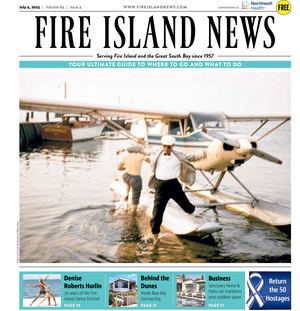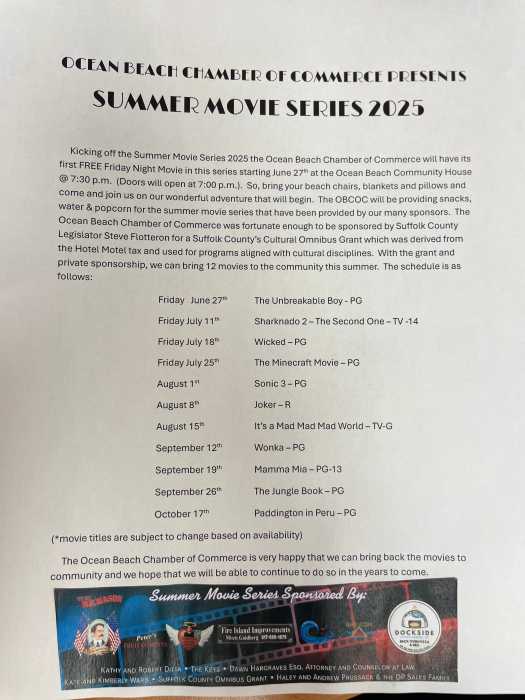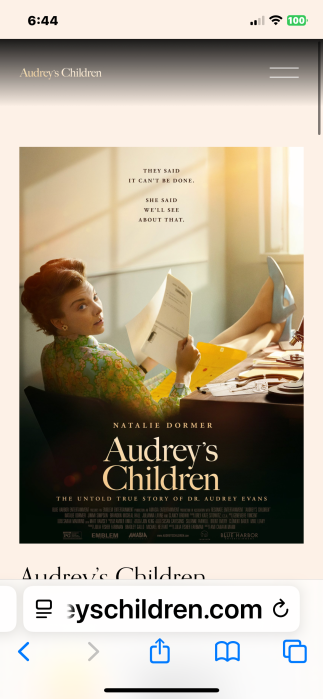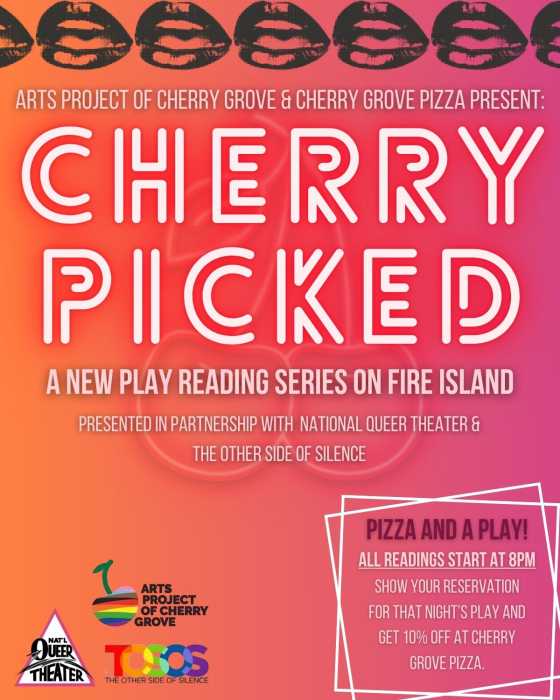
“Historical Anecdotes from the Fire Island News”
Thomas McGann / Nonfiction /
Agapi tis Glossas Publishers
By Rita Plush
If you missed any of history columnist’s Thomas McGann’s stories in Fire Island News from 2015 through 2020, you can catch up by picking up his new book. He has compiled them all for your reading and learning pleasure. A dedicated researcher, McGann gives us the skinny from artists and artifacts to a unique summer camp and segregation. All having had a presence on the 32-mile-long strip of sun and sand known as Fire Island.
Drawing the glitterati and literati to its pristine shores, in the 1950s Fire Island was a hub of New York City, where wit and smart talk decamped to the shore. Whether or not McGann knew these heavies, in his breezy conversational style, he makes them sound like he did.
Dishing on The New Yorker writer, editor and theater critic Wolcott Gibbs, McGann profiles an unhappy man about town who found little to like in this world, till he came to Fire Island and fell “in love with the goddamn beach.” While tanning and drinking there he started The Fire Islander – a forerunner to Fire Island News.
Maurice Sendak was a Fire Islander of another ilk entirely. In contrast to Gibb’s wicked sarcasm and jaded life view, Sendak, author of “Where the Wild Things Are,” embraced the world with childlike wonder. He claimed he didn’t write for children but for himself. Reaching the kids was secondary. “First, always, I have to reach and keep hold of the child in me.” But Sendak accomplished both without meaning to. Writing and sketching on the beach in Seaview, where he lived in the early 1960s, he penned and painted the book that remains number three on the top 10 bestselling children’s books of all time.
Wherever your historical tastes may take you, McGann’s run the gamut.
In The Fascinating History of Lighthouses from the Pharos Lighthouse to Fire Island —many chapters have catchy titles — McGann enlightens readers on the ways in which lighthouses threw their beams — fire then whale oil — through the centuries. He then segues into the Fresnel lens, Fire Island Lighthouse’s own life-saving wonder, whose “array of prisms, arranged in a circle, each ground to a different angle … changed [navigating] history.” How? I can’t tell you everything. You’ll just have read the book.
Not every subject McGann puts his investigative eye to is light and lively. Take the development of Levittown, “the family-friendly community for the average postwar suburban family.” But if your family was Black, it wasn’t so friendly. Blacks were “barred” from renting or buying there, to the extent that banks refused to provide or process the Black vets’ VA mortgages. But that’s not the worst of Long Island’s not-so-noble past. Hands down that dishonor goes to Camp Siegfried, Long Island’s Nazi summer retreat. And if you just said, “What?!” you’re not alone. That was me when I read the chapter title.
Horrific as it sounds, in the 1930s, “within sight of Fire Island,” the town of Yaphank was home to that very camp. Owned by the German American Bund, the camp flew the Nazi flag and “openly” taught its dogma to boys and girls from 8 to 18. There was fun and games for the grownups too. Sporting German folk costumes or “Nazi Brown Shirts,” they enjoyed folk festivals and watched their little Nazi kids compete in athletics. Hard to believe, right? But don’t take my word for it, or even McGann’s, take in the chilling photos of a cottage with a swastika inlaid in the masonry, and the oversized swastika design grown into a flower bed at the social club garden.
Not to end this review on a sour note, I’ll tie it up with a riot. Stonewall, that is, on “that sweltering night” at the Stonewall Inn, Greenwich Village, 1969, when gays took a stand against repeated police brutality. McGann tells how it began and how it ended, and how it claimed its place in history as the beginning of Gay Liberation and “the celebration of gender nonconformity.”
The book’s Foreword penned by the editor of Fire Island News herself, Shoshanna McCollum, both opens Tom’s stories as well as her take on the man she worked with as the paper’s history columnist from 2016 to 2021. Clearly there was much affection in this working relationship, and the essays reflect that.
So, there you are. A thumbnail account of what you’ll find in McGann’s new tome, barely scratching the surface of a book chock full of interesting anecdotes about a variety of subjects. Pick it up and put it down as your fancy strikes, or you may want to tear right through it. “It’s all here and it is all true.”




























